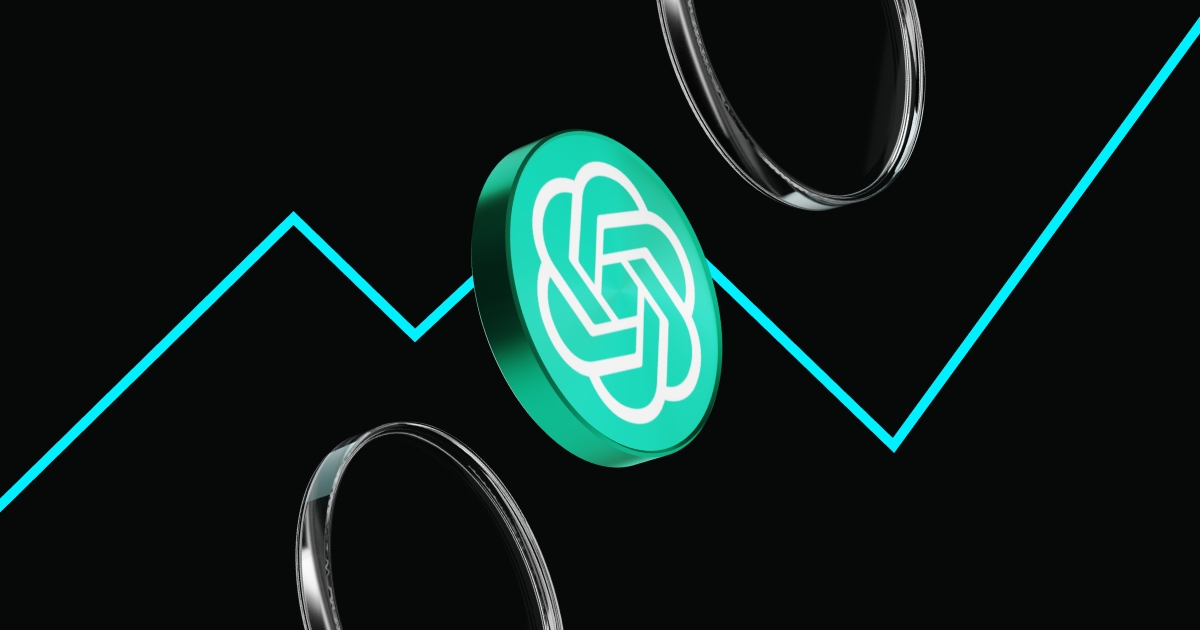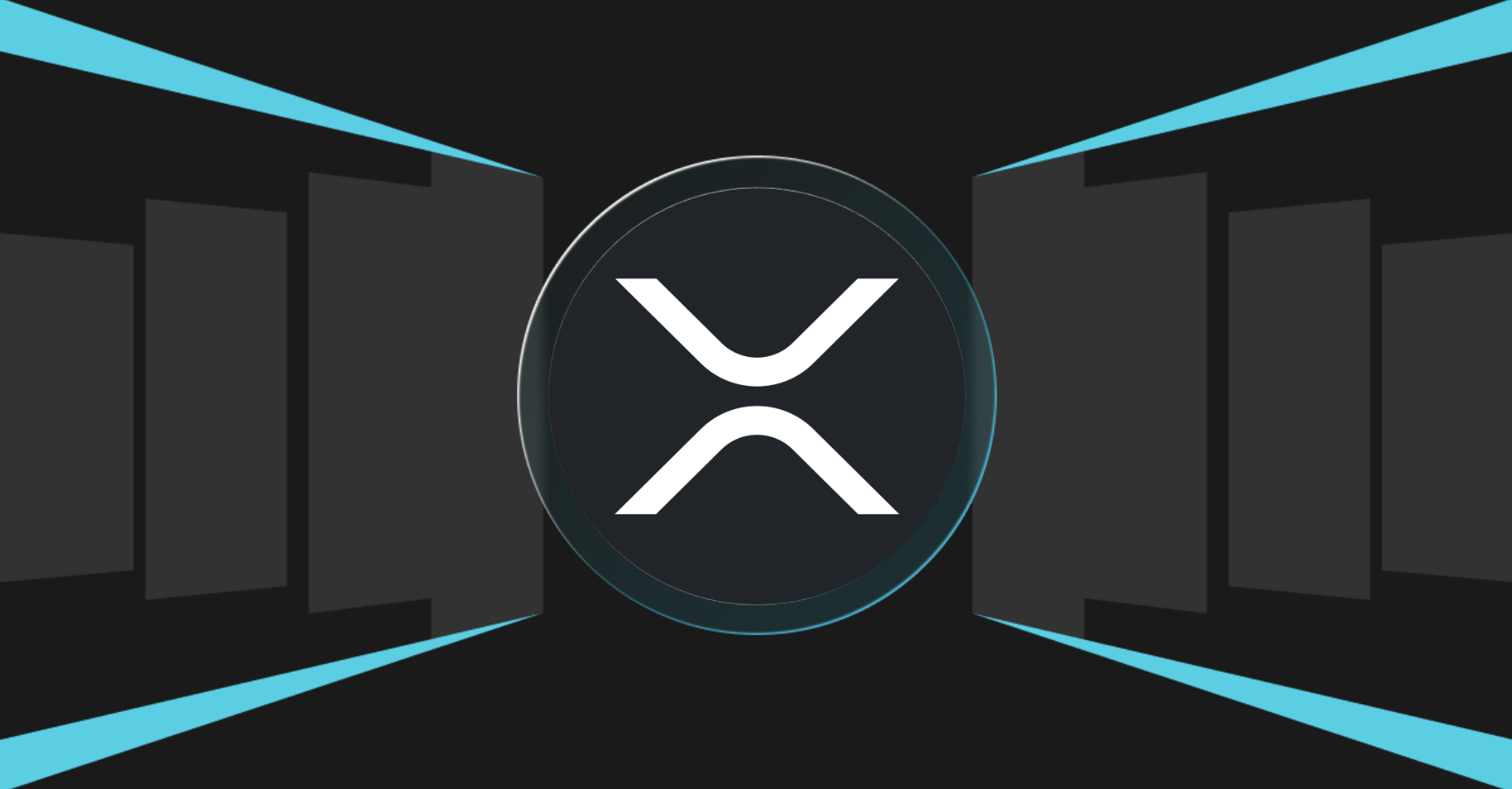What Is Vanguard (VWA)? The Next Big Thing in Real-World Asset Tokenization
The global market for Real-World Asset (RWA) tokenization is projected to surpass $16 trillion by 2030, and a new project called Vanguard (VWA) wants a piece of that future. Built on the high-speed Solana blockchain, Vanguard (VWA) positions itself as a project that turns tangible assets like gold, silver, and luxury goods into digital tokens that can be traded instantly, anywhere in the world. By merging physical value with blockchain efficiency, VWA is tapping into one of the most promising narratives in the crypto industry: transforming how we own, trade, and invest in real assets.
But as with every fast-rising token, the story isn’t all glitter and gold. Since its launch, Vanguard (VWA) has attracted both excitement and skepticism — celebrated for its bold vision, yet questioned for its transparency and credibility. Is it truly a gateway to the trillion-dollar RWA economy, or just another short-lived hype coin wrapped in futuristic promises? Let’s unpack what Vanguard (VWA) really is, how it works, and whether it deserves a spot on your watchlist.
What Is Vanguard (VWA)?

Vanguard (VWA) is a new Solana-based cryptocurrency project that claims to bridge the gap between traditional finance and blockchain by tokenizing Real-World Assets (RWAs). In essence, it aims to take tangible assets — such as gold, silver, gemstones, or luxury items — and convert them into digital tokens that can be traded or held just like any other crypto asset. The concept isn’t entirely new, but VWA’s approach focuses on accessibility: instead of needing millions to own a bar of gold or a rare collectible, investors could theoretically buy small, fractionalized portions of those assets through VWA tokens.
The project first gained traction in late 2025, following a sharp surge in trading volume and online discussions across Solana’s DeFi community. Its pitch is simple yet ambitious: to “bring physical value to the digital world.” That slogan reflects a broader trend in crypto — the growing movement of RWA tokenization, where tangible assets are represented on-chain to improve liquidity, transparency, and global reach. In the case of Vanguard (VWA), each token is supposedly backed by real, verifiable assets held in custody, giving investors a way to participate in real-world markets without leaving the crypto ecosystem.
However, not everything about VWA is crystal clear. The team behind the project remains anonymous, and official documentation — like a detailed whitepaper or verified audit — has yet to be published. This lack of transparency has led to mixed reactions in the crypto community: some see it as an early-stage gem, while others warn it could be a speculative play dressed in RWA marketing. What’s certain is that Vanguard (VWA) has successfully positioned itself within one of the hottest narratives in crypto — and whether it becomes a real breakthrough or just another passing trend will depend on how it delivers in the months ahead.
How Vanguard (VWA) Works
Vanguard (VWA) is built around a simple but powerful idea: turning real-world assets into digital tokens that can move freely across the blockchain. Operating on the Solana network, VWA leverages Solana’s high transaction speed and low fees to make trading and transferring tokenized assets accessible to anyone. The project’s vision is to take traditionally illiquid assets and represent them as on-chain tokens, allowing investors to buy and sell fractional ownership instantly, without intermediaries. In theory, this creates a seamless bridge between the physical and digital economies, where a token isn’t just a symbol of value but a verifiable claim to something tangible.
In practice, Vanguard (VWA) claims that each token will be backed by real, custodially held assets, giving it intrinsic value. The goal is to unlock liquidity in markets that are normally difficult to trade, such as precious metals or collectibles, by enabling fractionalized ownership. This approach doesn’t just make asset investment more efficient — it also makes it more inclusive, allowing everyday investors to participate in markets that were once limited to high-net-worth individuals or institutions. By combining blockchain transparency with tangible value, Vanguard (VWA) aims to redefine how people perceive and interact with wealth in the digital era.
Vanguard (VWA) Tokenomics
VWA is the main token of the Vanguard project, operating on the Solana blockchain. It has a fixed total supply of 1 billion tokens, with most already in circulation since launch. Early trading placed VWA around $0.007–$0.008, giving it a market capitalization near $7–8 million and daily trading volumes surpassing $1 million on Solana-based decentralized exchanges. This fast and low-fee network makes it easy for retail investors to buy, sell, and transfer VWA without the barriers typical of traditional asset markets.
Unlike many new DeFi tokens, VWA follows a simple economic model — there are currently no staking pools, burning schedules, or complex reward systems. Its value is driven mainly by market demand and the broader excitement around Real-World Asset (RWA) tokenization. By keeping its tokenomics straightforward and supply capped, Vanguard (VWA) emphasizes accessibility and liquidity — two key ingredients that could support long-term growth if the project delivers on its asset-backed vision.
Vanguard (VWA) Price Prediction for 2025, 2026–2030
Predicting the future of any new token is always speculative, but examining VWA’s growth potential through the lens of market trends and RWA adoption gives us some possible scenarios.
● 2025 Price Prediction: As VWA continues to gain attention in the Solana ecosystem, modest growth is expected. If trading volumes remain stable and the project strengthens its credibility, VWA could range between $0.010 and $0.015 by the end of 2025. In a bullish case, new exchange listings or product launches could push it toward $0.020.
● 2026 Price Prediction: Should Vanguard (VWA) demonstrate actual progress in tokenizing assets and attract more partnerships, the token may reach $0.02–$0.04. This would reflect growing investor confidence and a more mature community base around the project.
● 2027 Price Prediction: By this stage, market sentiment will depend heavily on execution. If VWA can show real adoption — such as verified asset backing or integration with RWA platforms — it could rise toward $0.05–$0.07. Otherwise, limited progress could keep it consolidating near previous levels.
● 2028 Price Prediction: As tokenized assets become a mainstream topic, RWA-focused projects could benefit across the board. Under favorable market conditions, VWA might trade between $0.06 and $0.10, supported by broader Solana ecosystem expansion and increasing RWA awareness.
● 2029 Price Prediction: In a strong crypto cycle, Vanguard (VWA) could target $0.10–$0.15, assuming steady growth, healthy liquidity, and user adoption. If the team delivers real use cases and institutional partnerships, higher valuations would be possible.
● 2030 Price Prediction: Looking long-term, if Vanguard (VWA) successfully positions itself as a trusted RWA tokenization platform, it could reach $0.20 or more. However, like any small-cap project, its sustainability will depend on transparency, utility, and execution rather than early hype.
Is VWA Backed by Ripple?
One of the biggest questions surrounding Vanguard (VWA) is whether it’s truly backed by Ripple, the company behind the XRP Ledger. The claim surfaced on social media after the official @vanguard_rwa account on X (formerly Twitter) described the project as “Backed by @Ripple.” That statement quickly spread across crypto communities, fueling speculation that Ripple might be investing in or supporting the project. Given Ripple’s established reputation in cross-border payments and asset tokenization, such an association naturally attracted investor attention and contributed to early hype around VWA.
However, there is no verified evidence that Ripple has any formal partnership or financial relationship with the Vanguard (VWA) project. Ripple has not issued any official statements confirming involvement, nor has the project appeared in any of Ripple’s ecosystem reports or announcements. It’s possible the mention of “backed by Ripple” was used as a marketing tactic to generate attention rather than an actual endorsement. While VWA’s vision of tokenizing real-world assets aligns loosely with Ripple’s broader mission to digitize value, the two projects are independent. Until Ripple itself confirms a connection, investors should assume there is no official backing and treat such claims with caution.
Conclusion
Vanguard (VWA) enters the crypto landscape with an ambitious goal — bringing real-world assets like gold, silver, and collectibles onto the blockchain. Its idea of merging tangible value with digital accessibility is appealing, especially as tokenized assets become one of the most talked-about trends in finance. With Solana’s fast, low-cost infrastructure and a simple, open token model, VWA presents itself as a project that could make asset ownership more flexible and global.
Still, it’s too early to say where this experiment will lead. The project’s concept fits perfectly within the growing Real-World Asset narrative, but much depends on execution, transparency, and real-world adoption. For now, Vanguard (VWA) remains a token worth watching with interest — not because it’s guaranteed to succeed, but because it reflects the direction blockchain innovation is heading. Whether it becomes a lasting player in asset tokenization or just a short-lived spark, VWA offers a glimpse into how crypto continues to blur the lines between the physical and digital worlds.
Disclaimer: The opinions expressed in this article are for informational purposes only. This article does not constitute an endorsement of any of the products and services discussed or investment, financial, or trading advice. Qualified professionals should be consulted prior to making financial decisions.



